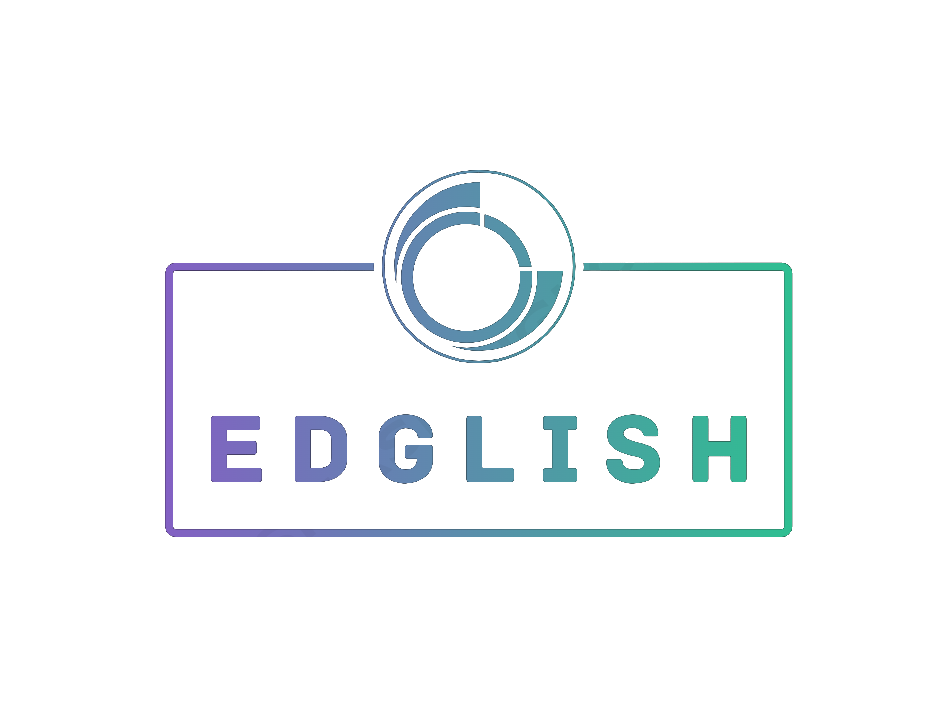1823, a young woman noticed a strange
fossil on a beach near Lyme Regis, England.
She dug out the bones and had them carried
to her home. She carefully arranged the
skeleton on a table. Then she saw something
extraordinary. The creature’s neck was a
meter long—more than half the length of its
body. It was unlike any animal living on Earth.
Even at a young age, Mary Anning had a talent
for spotting “curies”—unusual or curious,
fossils. Her father died in 1810, leaving her
family in debt, so Mary began selling her
fossils to collectors. A year later, aged just
12, she made her first major discovery—a
crocodile-like skull1
with a long skeleton. It
turned out to be a sea creature that lived long
ago. Named ichthyosaur, or “fish-lizard,” it was
the first extinct animal known to science.
Fossil hunting brought in money, but it was
a dangerous occupation. One day, a rock
fall killed her dog and almost buried Mary.
Despite the dangers, she continued to look
for new finds. The long-necked fossil she
uncovered in 1823 was another long-dead sea
reptile.2 Known as a plesiosaur, it would inspire
legends—including that of the Loch Ness
Monster. Five years later, she found a fossil with
wing bones and a long tail. It was one of the
first examples of a pterosaur—a flying creature
that disappeared millions of years ago.
Mary was not only a skilled fossil hunter; she
also carefully examined and recorded her finds.
However, she received little credit from other
scientists. Only one of her scientific writings
was published in her lifetime, in 1839. She was
also not allowed to join London’s Geological
Society, as only men could become members.
Mary Anning died in 1847, but her contributions
have not been forgotten. Her finds are now
displayed in museums in London and Paris.
The beach near her home is a UNESCO World
Heritage Site, known as the Jurassic Coast. Her
life continues to inspire visitors hoping to find
their own fossil wonders. According to Britain’s
Natural History Museum, Mary Anning was “the
greatest fossil hunter the world has ever known.”
She was also a scientist who changed the way we think about life on Earth


No comments:
Post a Comment